QOTD: Terrible Nineties Sports Car Design From Europe?

On last Wednesday’s Question of the Day post, we began our examination of terrible styling on sporty cars of the 1990s. First up was America, and the oft-fiddled Mercury Cougar. This week we turn our attention to Europe, and sporty designs from across the ocean that didn’t quite work.
Let’s review the rules. They’re the same as last week, except more continental:
- All selections must be model years 1990 to 1999.
- Picks must be from a European manufacturer, even if sourced from an import.
- Any body style is eligible as long as it’s sporty.
My selection for bad design comes from a brand which largely avoided pitfalls with their sophisticated and slab-sided designs in the Nineties. But no OEM is immune from bad styling decisions, to wit:
The SLK-Class was a new offering from Mercedes-Benz, in the So Hot Right Now compact roadster class. It had no predecessor, as before the early Nineties Mercedes never showed much interest in catering to the whims of the general public — the sort of people who leased vehicles. But times were changing.
SLK entered production in 1996, riding on a shortened version of the C-Class, the company’s cheapest sedan platform. It had the correct roadster layout, with engine at the front and driven wheels at the rear. Engines were of inline-four or V6 variety, and power was increased in both engines via optional supercharging. A folding metal arrangement was the only roof offered.
The layout and power weren’t an issue, but the styling was. The SLK attempted to carry an amalgamation of styling cues. The front end was an interpretation of the company’s pinnacle offering, the S-Class coupe. The rear was contemporary C-class adjacent, with tail lamps previewed the C-Class that debuted five years later. The whole car was 157 inches long, its piecemeal appearance not aided by stumpy proportions.
SLK interiors didn’t fare much better, especially on early models. Weird shapes (Mercedes’ worst airbag wheel) paired with cheap looking materials, and analog gauges looked sun faded right from the factory. Faux carbon fiber trim was liberally applied. Updates to the SLK occurred along the way, and the model earned a successor in 2005. By then the Nineties design of the first generation was very tired, and it’s only gone downhill since.
What are your picks for bad European sports car styling from the Nineties?
[Images: Ford, Mercedes-Benz]

Interested in lots of cars and their various historical contexts. Started writing articles for TTAC in late 2016, when my first posts were QOTDs. From there I started a few new series like Rare Rides, Buy/Drive/Burn, Abandoned History, and most recently Rare Rides Icons. Operating from a home base in Cincinnati, Ohio, a relative auto journalist dead zone. Many of my articles are prompted by something I'll see on social media that sparks my interest and causes me to research. Finding articles and information from the early days of the internet and beyond that covers the little details lost to time: trim packages, color and wheel choices, interior fabrics. Beyond those, I'm fascinated by automotive industry experiments, both failures and successes. Lately I've taken an interest in AI, and generating "what if" type images for car models long dead. Reincarnating a modern Toyota Paseo, Lincoln Mark IX, or Isuzu Trooper through a text prompt is fun. Fun to post them on Twitter too, and watch people overreact. To that end, the social media I use most is Twitter, @CoreyLewis86. I also contribute pieces for Forbes Wheels and Forbes Home.
More by Corey Lewis
Latest Car Reviews
Read moreLatest Product Reviews
Read moreRecent Comments
- Probert They already have hybrids, but these won't ever be them as they are built on the modular E-GMP skateboard.
- Justin You guys still looking for that sportbak? I just saw one on the Facebook marketplace in Arizona
- 28-Cars-Later I cannot remember what happens now, but there are whiteblocks in this period which develop a "tick" like sound which indicates they are toast (maybe head gasket?). Ten or so years ago I looked at an '03 or '04 S60 (I forget why) and I brought my Volvo indy along to tell me if it was worth my time - it ticked and that's when I learned this. This XC90 is probably worth about $300 as it sits, not kidding, and it will cost you conservatively $2500 for an engine swap (all the ones I see on car-part.com have north of 130K miles starting at $1,100 and that's not including freight to a shop, shop labor, other internals to do such as timing belt while engine out etc).
- 28-Cars-Later Ford reported it lost $132,000 for each of its 10,000 electric vehicles sold in the first quarter of 2024, according to CNN. The sales were down 20 percent from the first quarter of 2023 and would “drag down earnings for the company overall.”The losses include “hundreds of millions being spent on research and development of the next generation of EVs for Ford. Those investments are years away from paying off.” [if they ever are recouped] Ford is the only major carmaker breaking out EV numbers by themselves. But other marques likely suffer similar losses. https://www.zerohedge.com/political/fords-120000-loss-vehicle-shows-california-ev-goals-are-impossible Given these facts, how did Tesla ever produce anything in volume let alone profit?
- AZFelix Let's forego all of this dilly-dallying with autonomous cars and cut right to the chase and the only real solution.



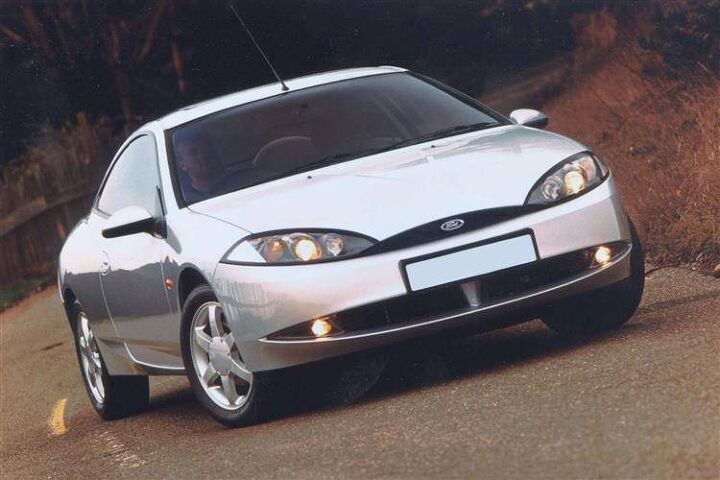


















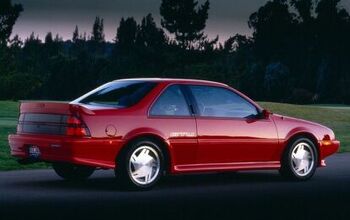
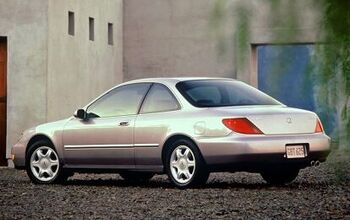
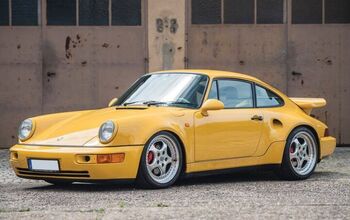
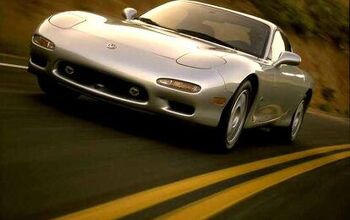
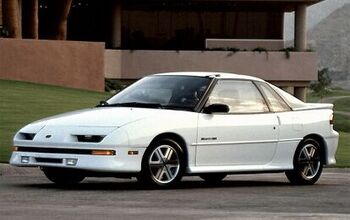









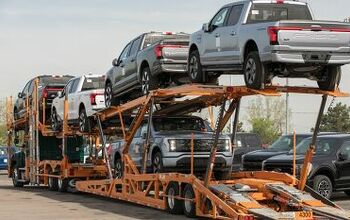
Comments
Join the conversation
I'm torn between the original Mercedes A Class and the Audi A2, both are compact cars with big car styling badly dumped onto them. The Audi gets an akward front end, the Mercedes is just a mess. Then theres the Mercedes CUV of that time which looked a bit too much like a Lexus or Honda CRV.
And so, kids, these are the things we do not buy: - Red cars - Houses on corner lots - European cars - Ford vehicles manufactured after 1953 (last year of the Flathead V8) - GM vehicles manufactured after 2003 (last year of the Chevy Small Block)